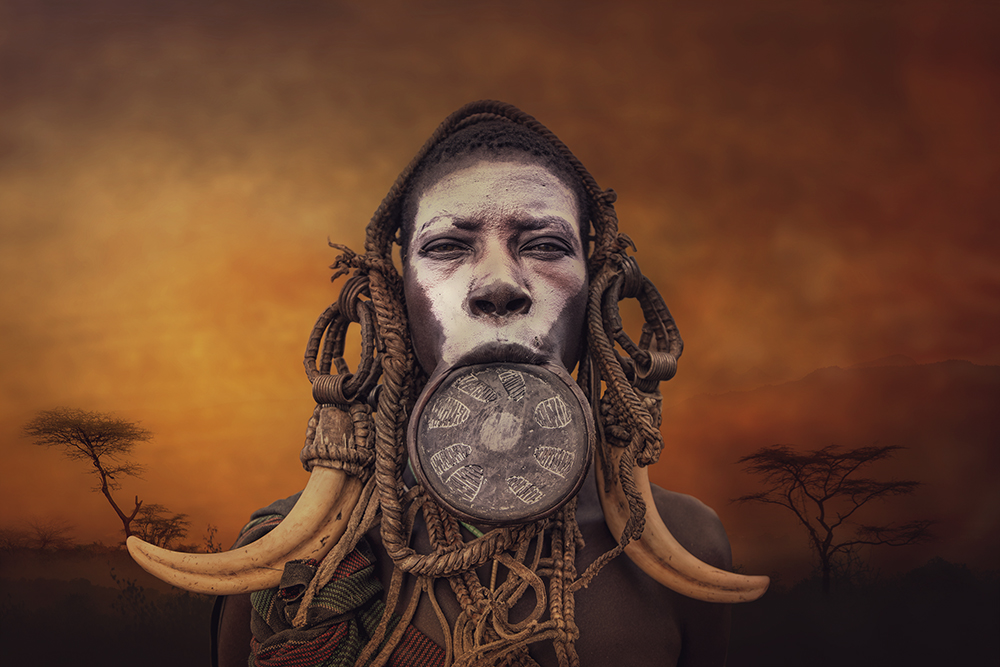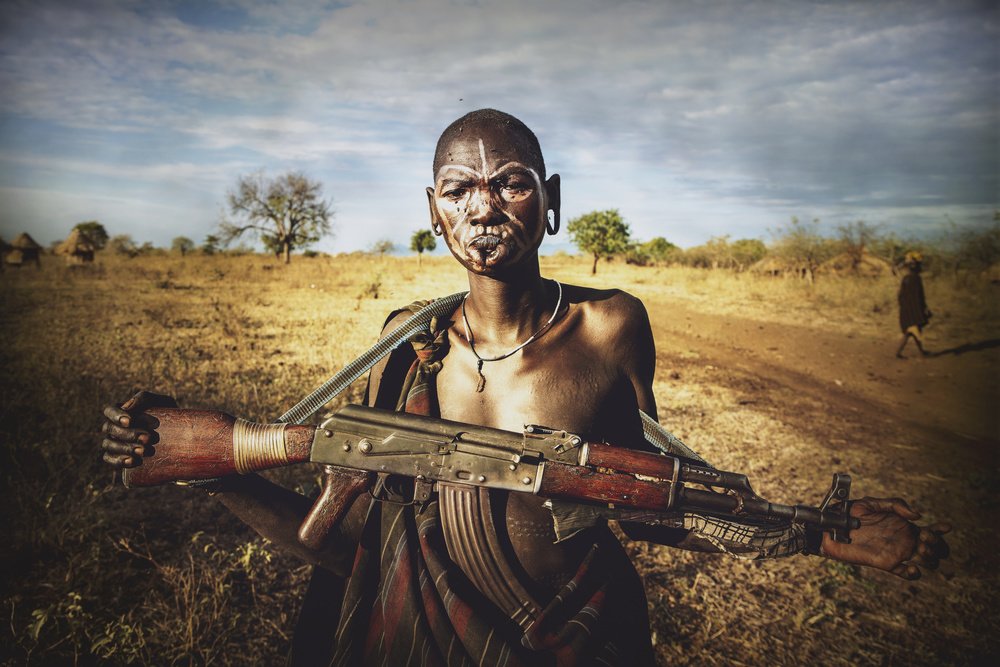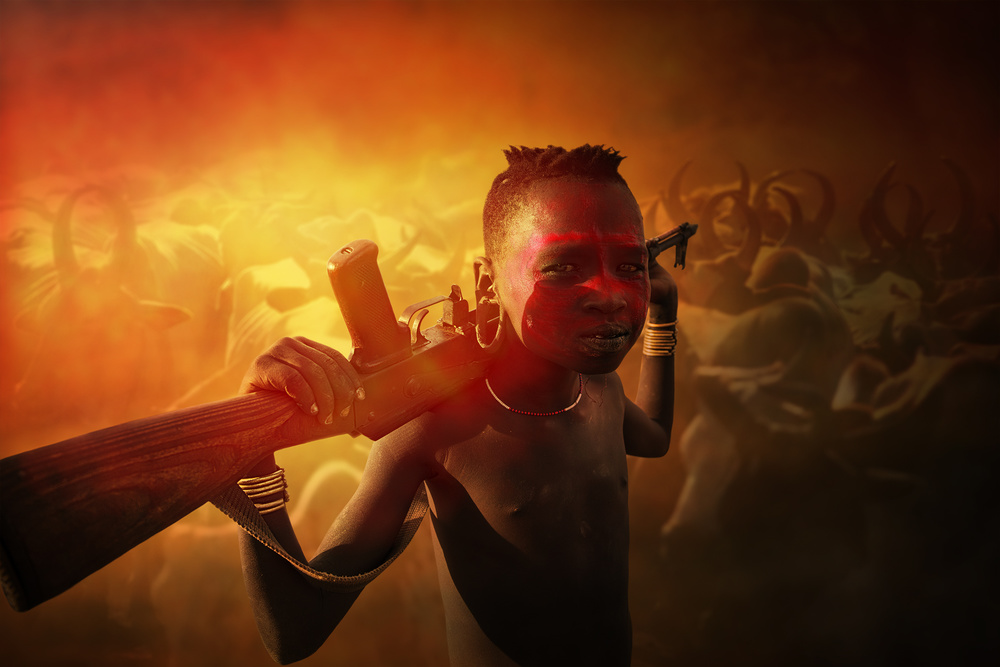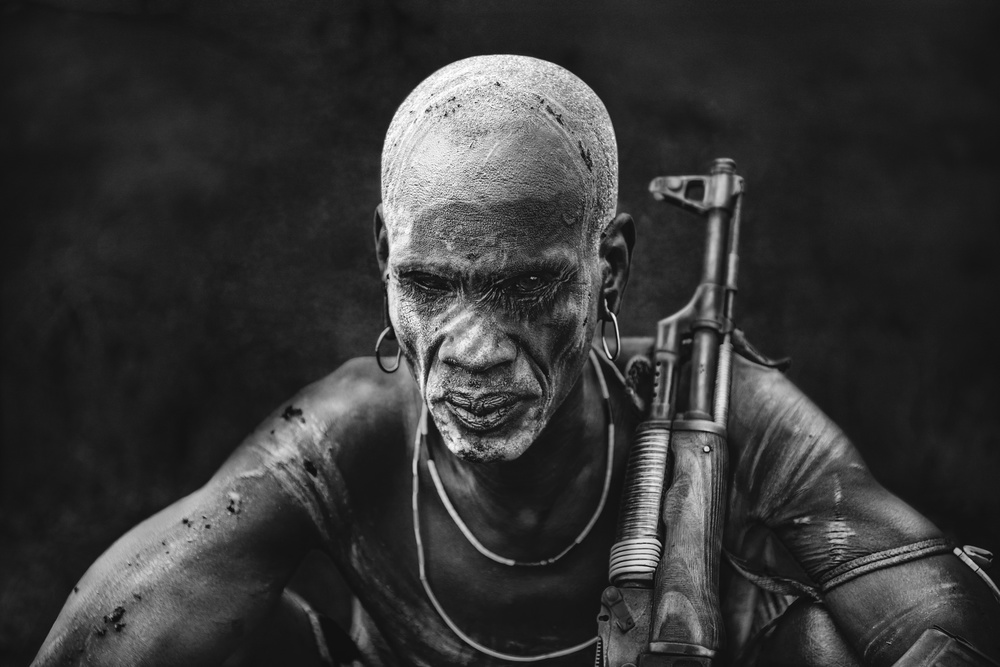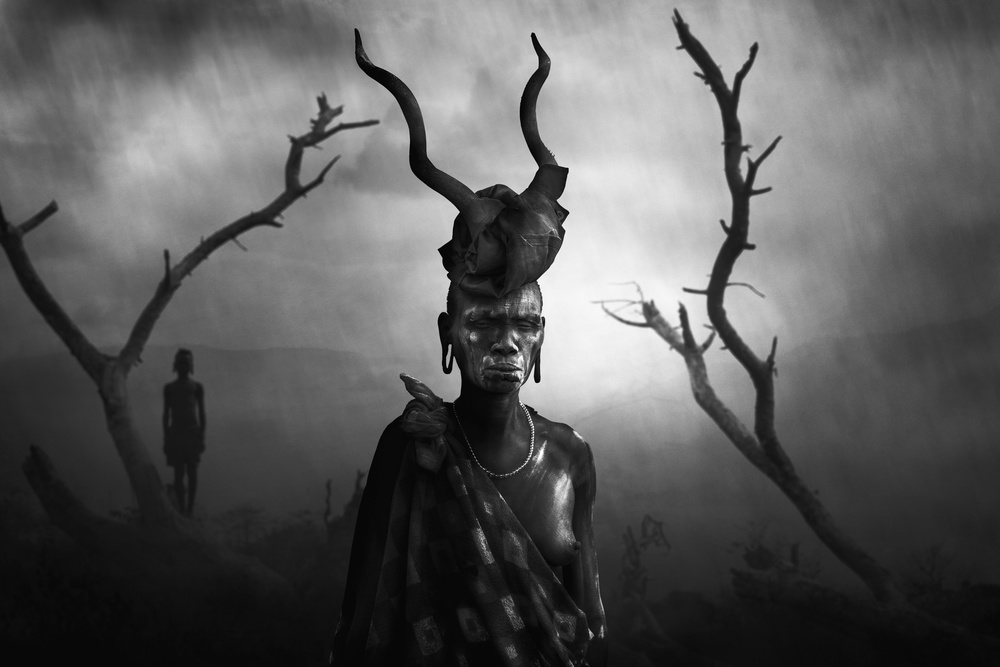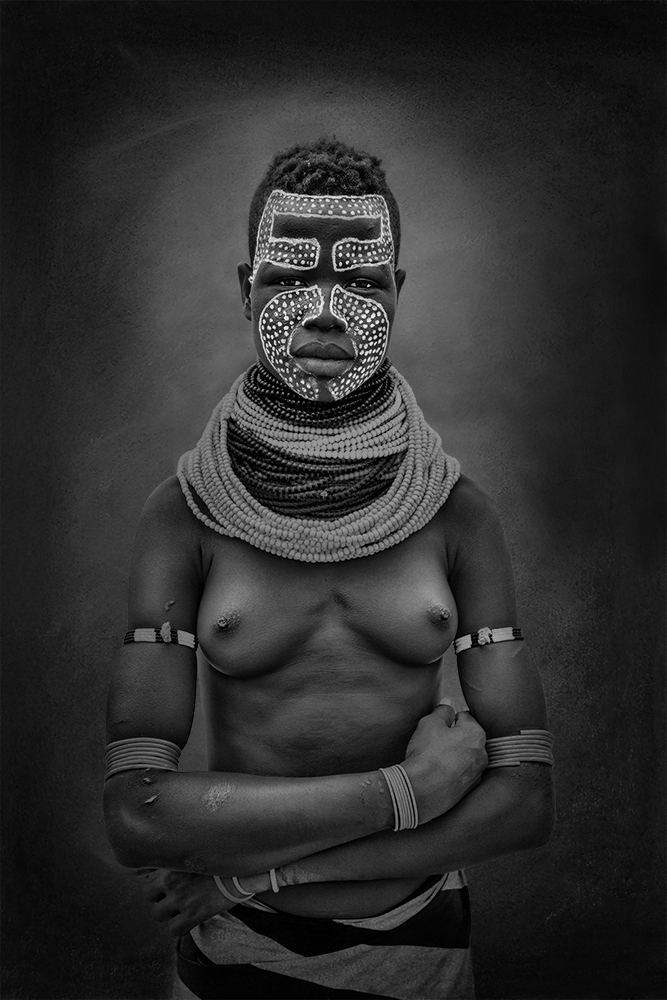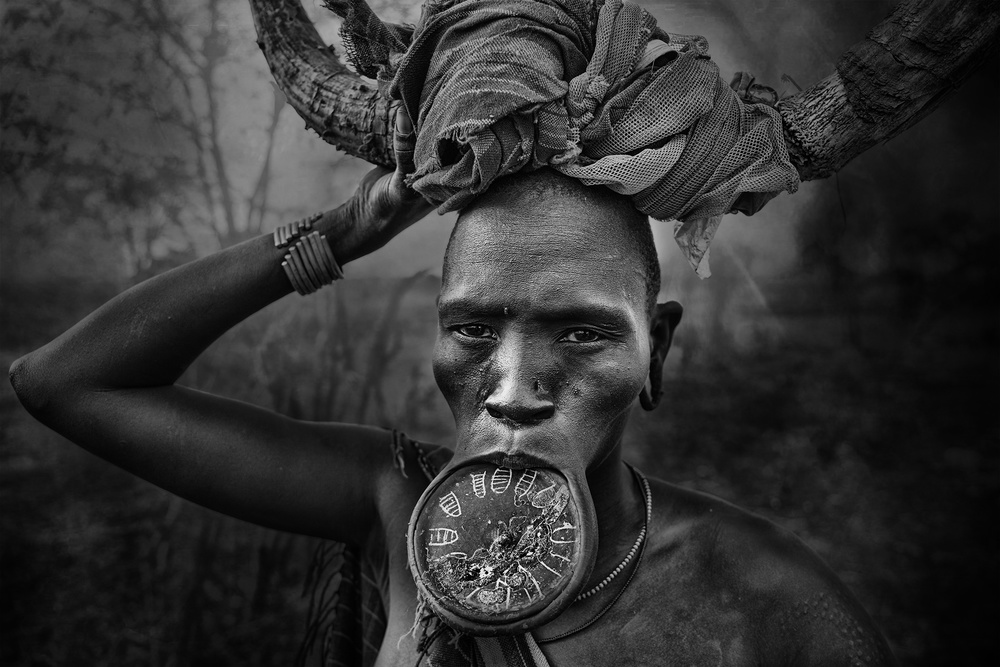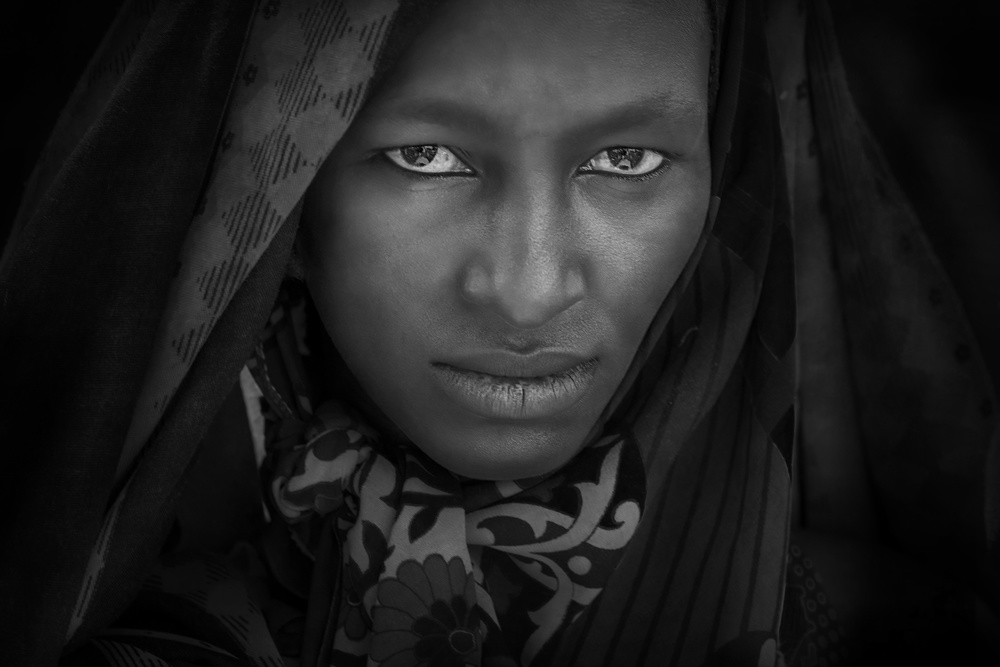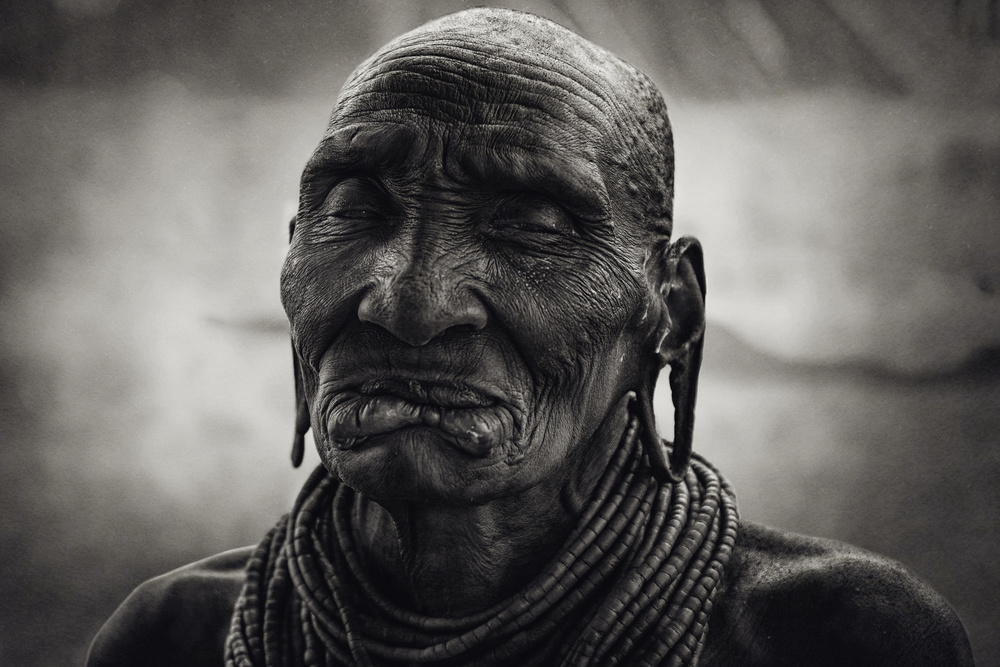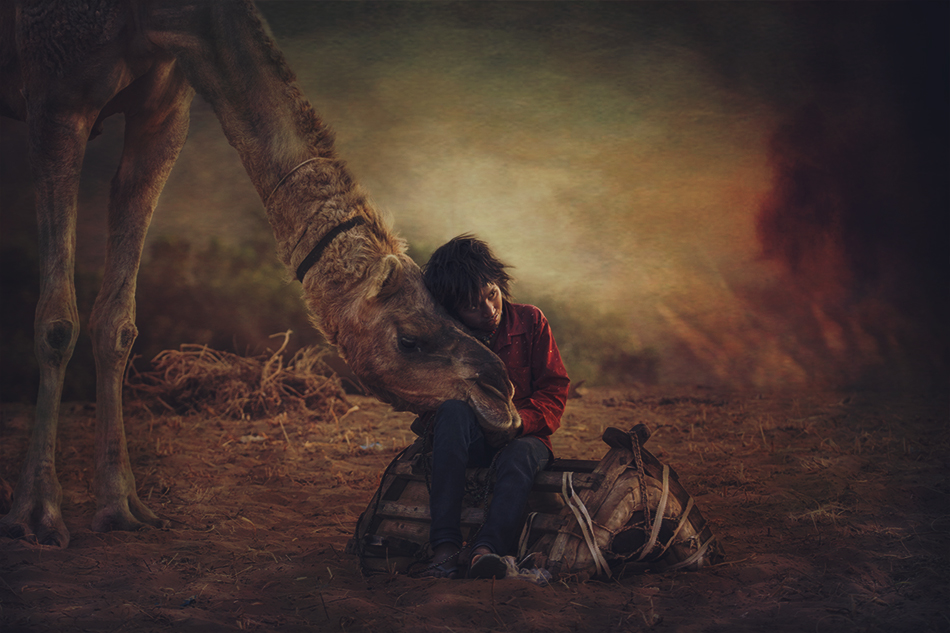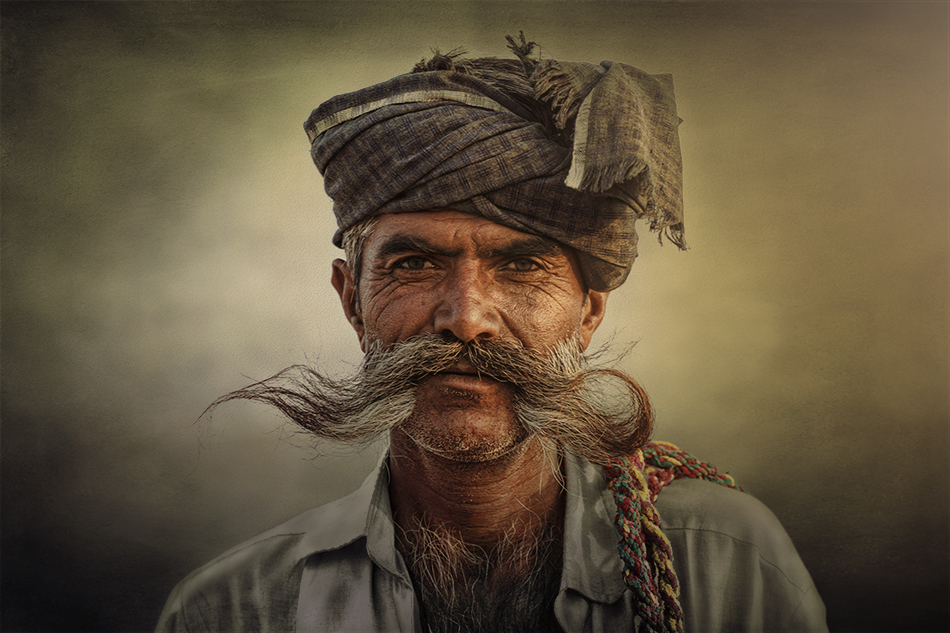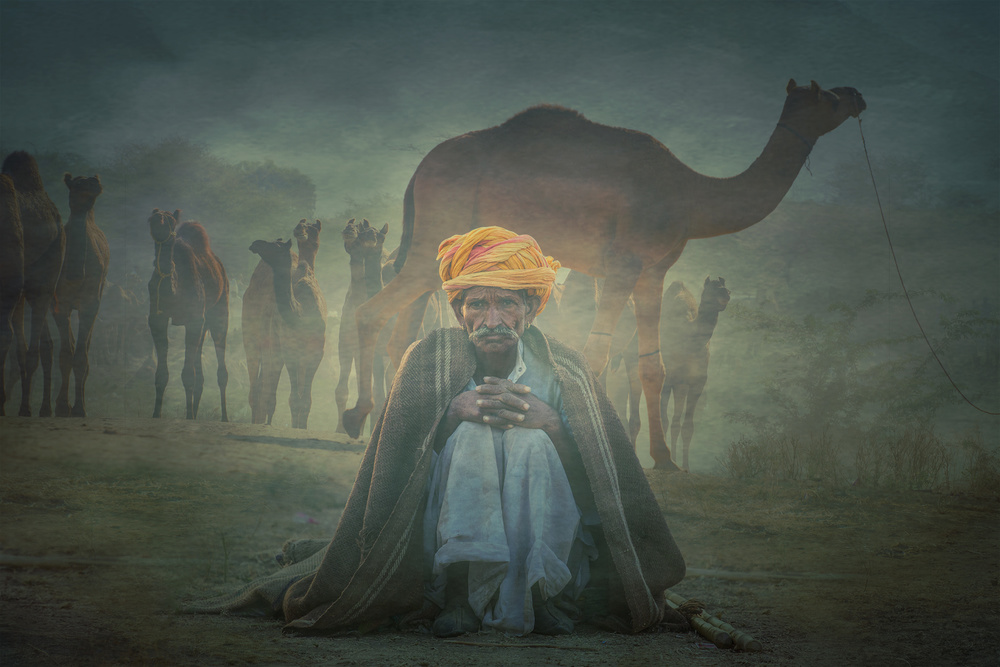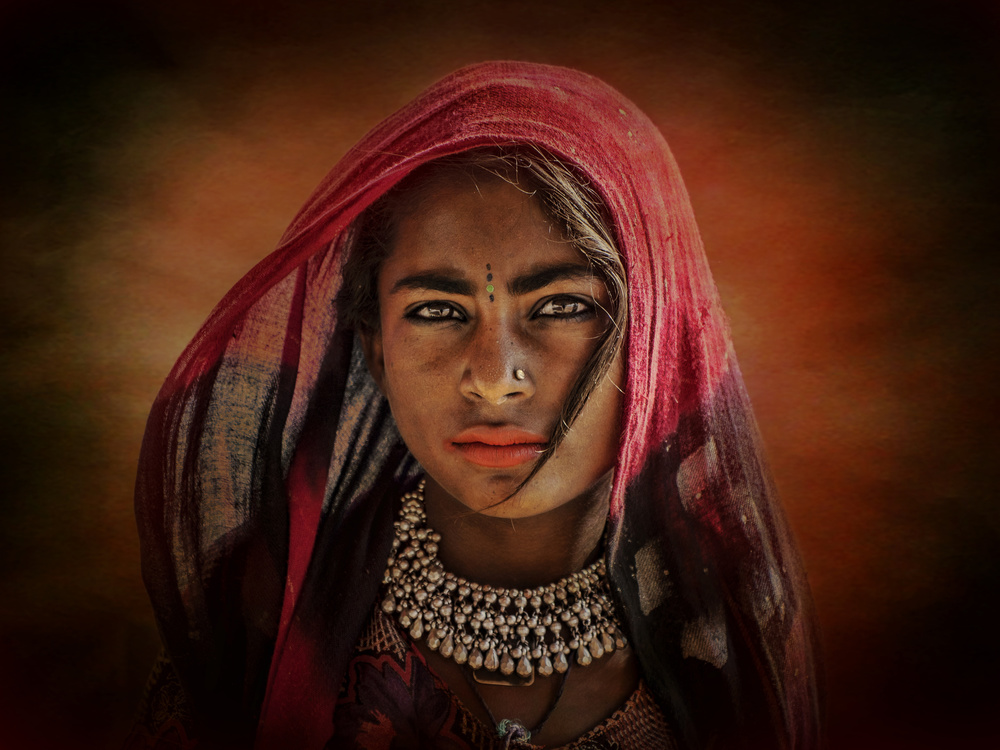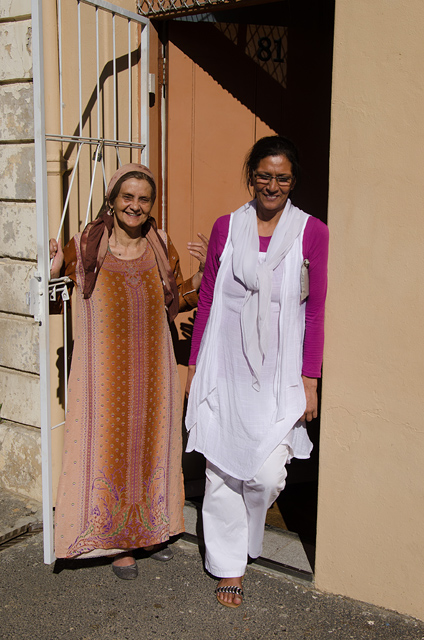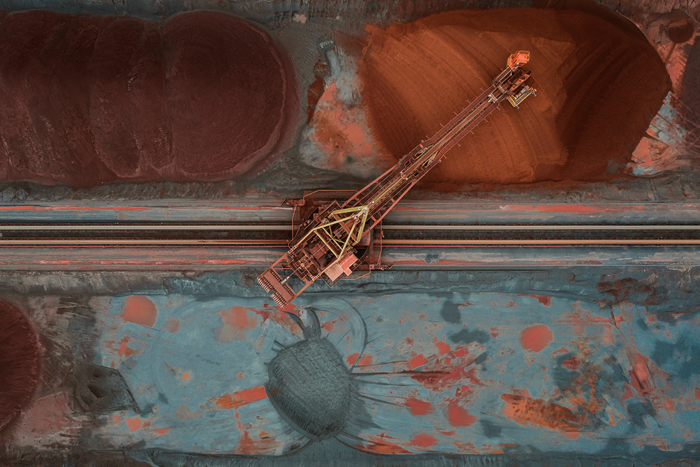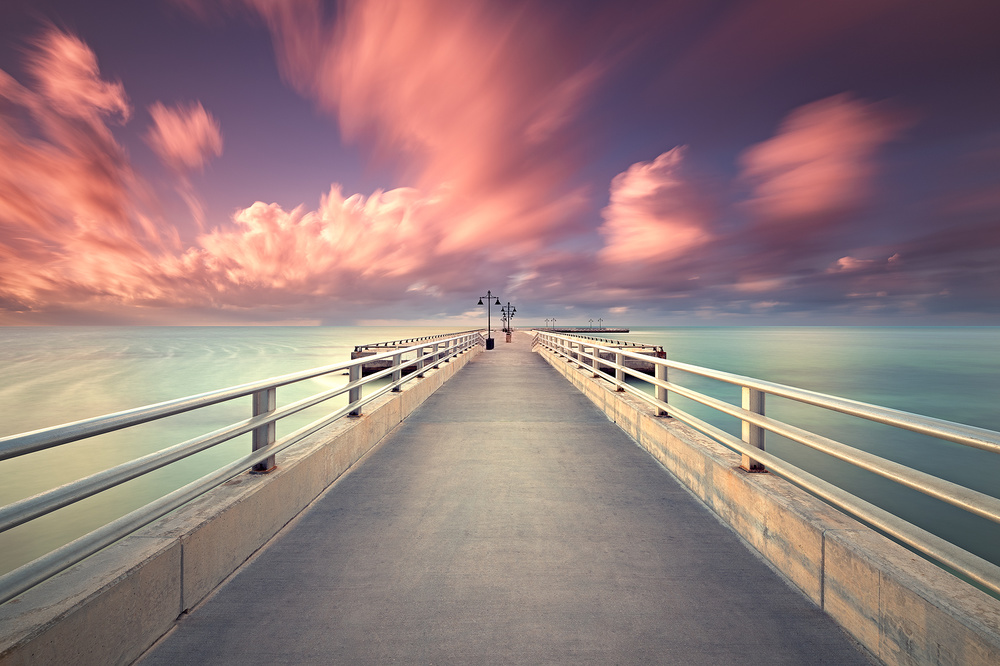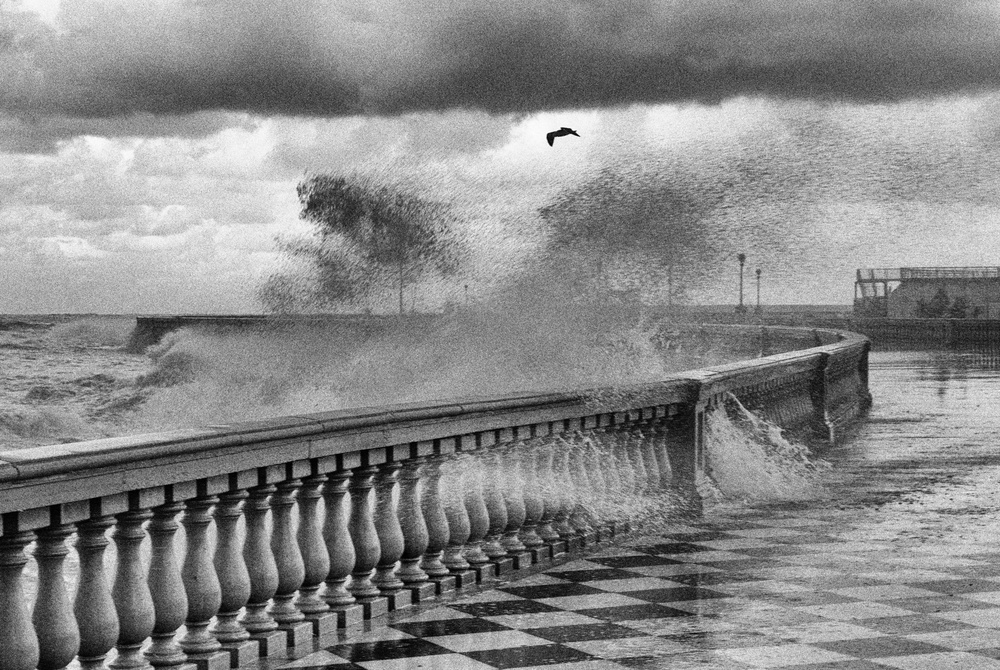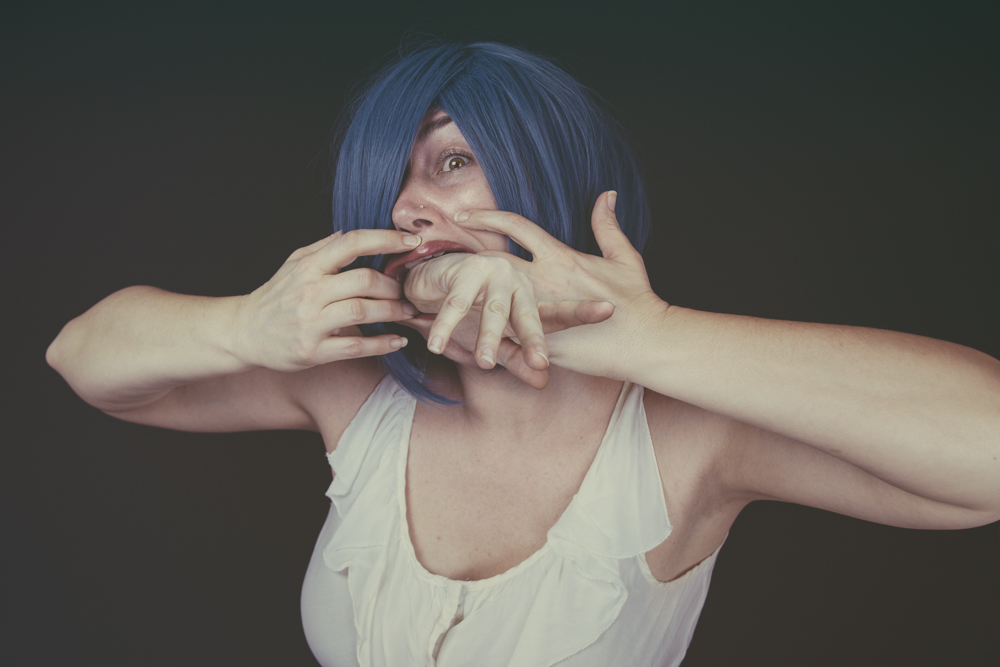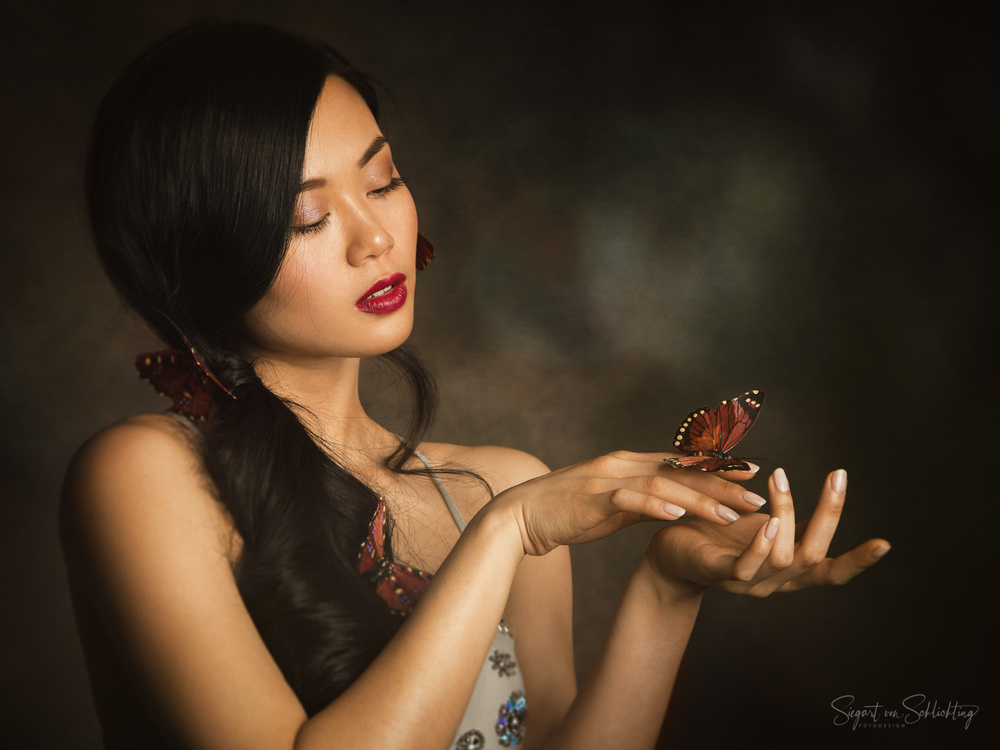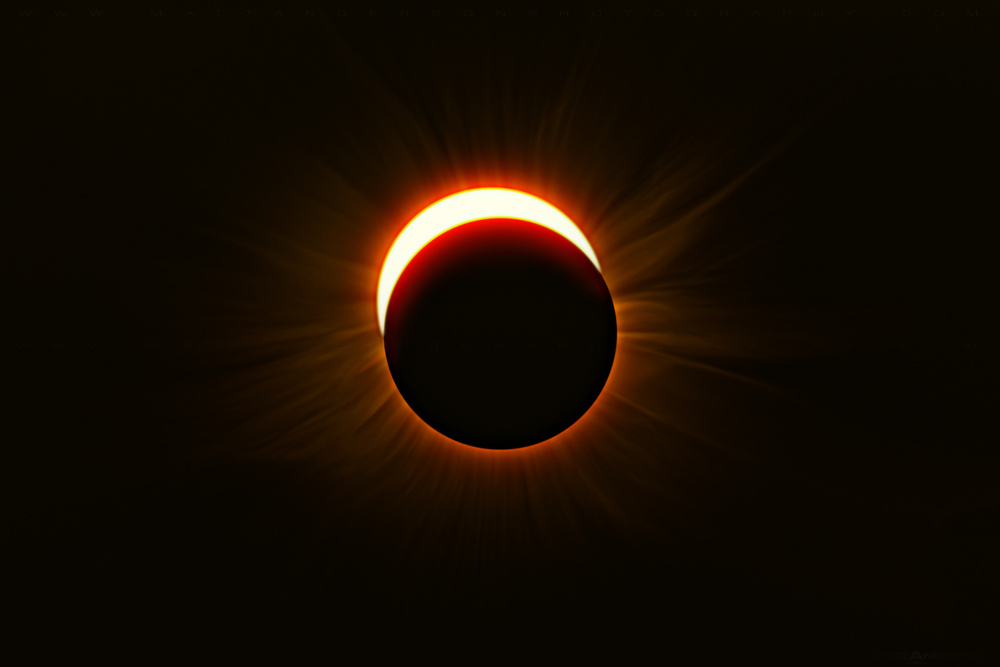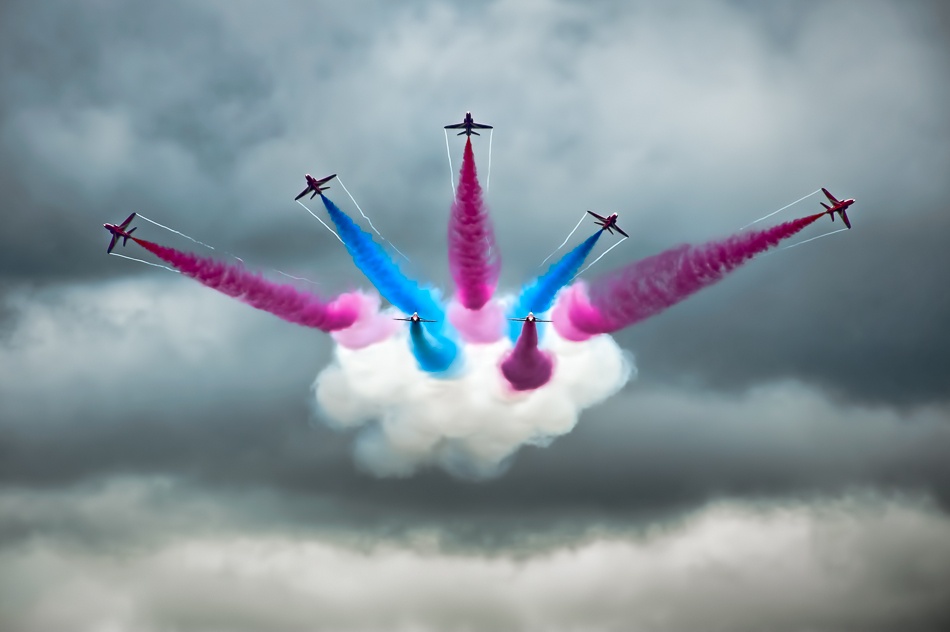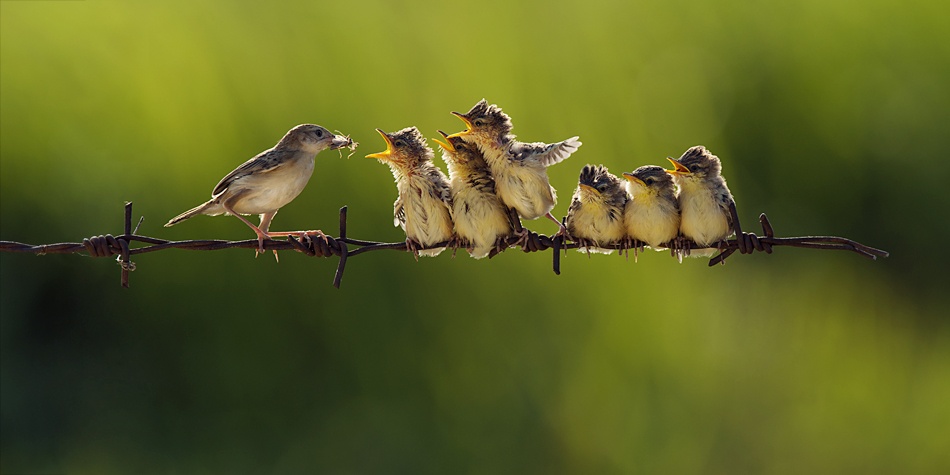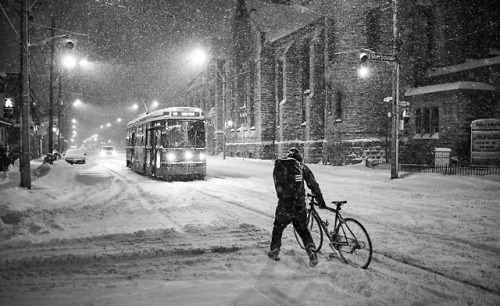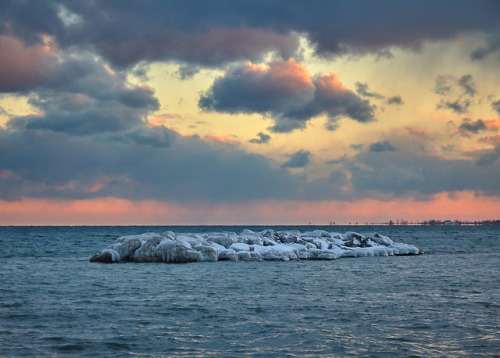Photographers
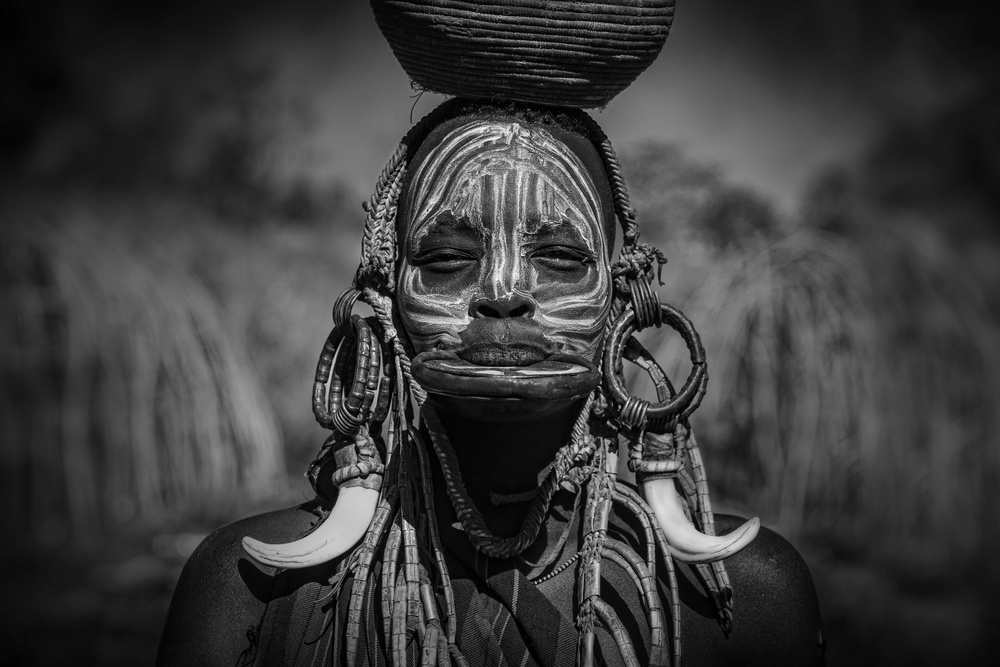
Svetlin Yosifov: Photographer of the week
1x Blog-Photographersby Editor Yvette Depaepe
For Svetlin Yosifov, documentary photography is all about catching a moment of reality, in order to give a meaningful message of what is going on in the world. His portraits are compelling and have a huge impact coming from emotions. Svetlin always tries to make his first shot unhindered even before establishing contact with the subject because seconds after, people’s faces change when they see the camera...and the real moment is gone... Don't miss this interview where you will discover a lot about the excellent photographer Svetlin is.
Hi Svetlin, can you briefly tell us about yourself, your hobbies and other jobs.
I was born in Bulgaria, and I had the privilege of living in this beautiful country all my life. My employment is in a private sports club, focused on extreme sports, which involves a lot of travelling and keeps my life dynamic and interesting. Apart from this, I love travelling abroad and do this once a year for a period of two months. I always associate these trips with diving in the unknown, meeting new people and experiencing something new. My adventurous spirit is my main drive, the inner flame, that keeps me going!
How has your history and life experiences affected your photography?
Which are your most important experiences that has influenced your art?
I think that the place where I grew up had the biggest impact on my life. The sunrises and sunsets over the Black sea are amazing, especially of you are at the right time, on the right spot, next to the silent shore, or the furious waves… IRREPLACEABLE. Throughout the years, I’ve worked in the sports club, I have had the opportunity to photograph athletes in ski, motocross and windsurfing disciplines. Slowly, step by step, I shortened the distance to the object, changed lenses, as I came closer to their faces, suddenly I filled in the emptiness I always felt when photographing landscapes and other genres. This is how my passion for portraits arose and I started seeking my sunsets and sunrises in the eyes and faces of people.
What first attracted you to photography?
In 2004 I received my first POLAROID camera. I was invited to attend a windsurf regatta – from the Black sea to the Dardanelles. After the end of the race, I spent sleepless nights in a dark room, filling out the results of my first photo session. An year later I got my Canon 350D. As I dived into the secrets and techniques of photography I found my true love. More sleepless nights studying Photoshop helped me to keep an eye on details – lights , shadows, reflections, symmetry – obvious and hidden… All the things that can reflect the past, the present like a wrinkle, a scar on a face, telling the story, the enlightenment of a smile and the dramatic of a tear. This is my challenge – to show as much as I can, if not at least one of those feelings in my photos.
Describe your overall photographic vision.
Portrait photography is the most compelling genre for me. The impact of a single photo, comes from the emotion it reflects. I most cases, I try to make my first shot unhindered, even before establishing contact with the subject. Most of my photos are made this way. Seconds, after I make my first shot, people’s faces change, practically when they see the camera...and the real moment is gone...
Why are you so drawn by Documentary Photography?
First of all I would like to remind what Documentary Photography is all about. It catches a moment of reality, in order to give a meaningful message of what is going on in the world.Here, I want to admit, that not all my photos comply to the Documentary Photography, may be some of them are more sub categorized as Documentary - ART Portrait Photography. Documentary photos are normally intended to draw attention to real life situations, urgent actions, that need to be taken, society issues. On the streets I seek interesting people, who’s faces reflect their way of life and culture.
What is more important to you, the mood,/story behind your images or the technical perfection?
Everything is important to me, as long as I reach the desired result. I am extremely critical when it comes to my photos. Every image hides a story, and if it isn’t so, this photo won’t be shown to anyone until it leaves my “To Finish” folder. I open it each week, as a new idea comes to my mind, something that I considered inappropriate the week before.
Following images are part of the album 'TEN RUPEES FOR INDIA'
What generally is your relationship to your subject matter beyond being an observer?
Do you prepare carefully the locations where you are intending to photograph?
This is the hardest part of getting ready for a trip. There are so many interesting places, I would love to visit places filled with people that we could never see anywhere else in the world. Places that hold a long history, people that hang on to rituals and traditions, that we’ve seen only on television. I can give an example... In 2018, when I decided to visit Ethiopia, my research began 3-4 months before my departure. I looked at tons of photos of photographers who went there and tried to build an idea of what it is going to be like.
A month and a half later, my third photo album "ETHIOPIAN TRIBES EXPEDITION 2018" was released.
What gear do you use (camera, lenses, bag)?
My favourite cameras are Canon EOS 6D Mark II and Leica DIGILUX 3. They are always on the road with me, kept safe in my photographer’s backpack with the highest protection, possible. I use the standard Canon 24-70 mm lens, which is perfect for street portraits, as well as Canon EF 70-200mm, Canon EF 85mm f/1.8 USM for portraits.
This is one more image part of the album 'TEN RUPEES FOR INDIA'
What software do you use to process your images?
When processing a photo, I normally use Adobe Photoshop CS6, Licensed :Imagenomic professional plugin,PictureCode-Photo Ninja plugin,Topaz Adjust plugin.
Can you tell us something more about your work flow?
What I normally do, when processing a photo, is to remove the irrelevant and distracting objects, from my main accent. After entering a light contrast, in order to highlight certain elements, I apply textures, that I have composed myself. When photographing someone on the street, I always make at least two more shots, without my object, in order to capture the light , with a similar camera adjustment as the main shot. I normally use these extra shots to produce my own textures. Layers in Photoshop are similar to semitransparent sheets, and I use many of them, plus my texture. Every layer holds one texture, which is independent from the images in the other layers. Put one on top of the other, and looked upon as a whole, they express the desired effect. This way I have the opportunity to paint, add or subtract pictorial elements on one layer , without affecting the main image, or the images in the other layers. Each texture, each layer, can be fully or partially filled or transparent. At the end, while adding a B&W filter, sometimes you can obtain unbelievable results.
What is your most important advice to a beginner in Documentary Photography and how do you get started?
I am not sure if I can give advise to people just starting their photographic journey. I just can say, in my humble opinion, that everyone has to leave his comfort zone and sacrifice time. Keep on believing in yourself. In my case, after years of sleepless nights and hard work, I started to feel fulfilled by work and success.
Who are your favourite photographers and more importantly, how has your appreciation of their work affected how you approach your own photography?
I try to hold on to something Ansel Adams said „The are no rules to making good photos. Twelve for one year-that's a pretty good result!“ Looking back, from 2005 till today, I can say that 1X had a great impact on what I saw through my lens and what I expressed in my photos. I remember flying in the clouds, joyful, when curators published my first photo. Till this day I keep looking at photos at 1x.com, whenever I have the time.
Is there any specific photo taken by another photographer that has inspired you a lot and why?
Oh, these photographs are so many, that it is hard for me to be specific. Here, at 1x.com I can think of at least 50

